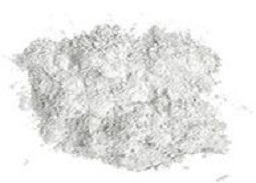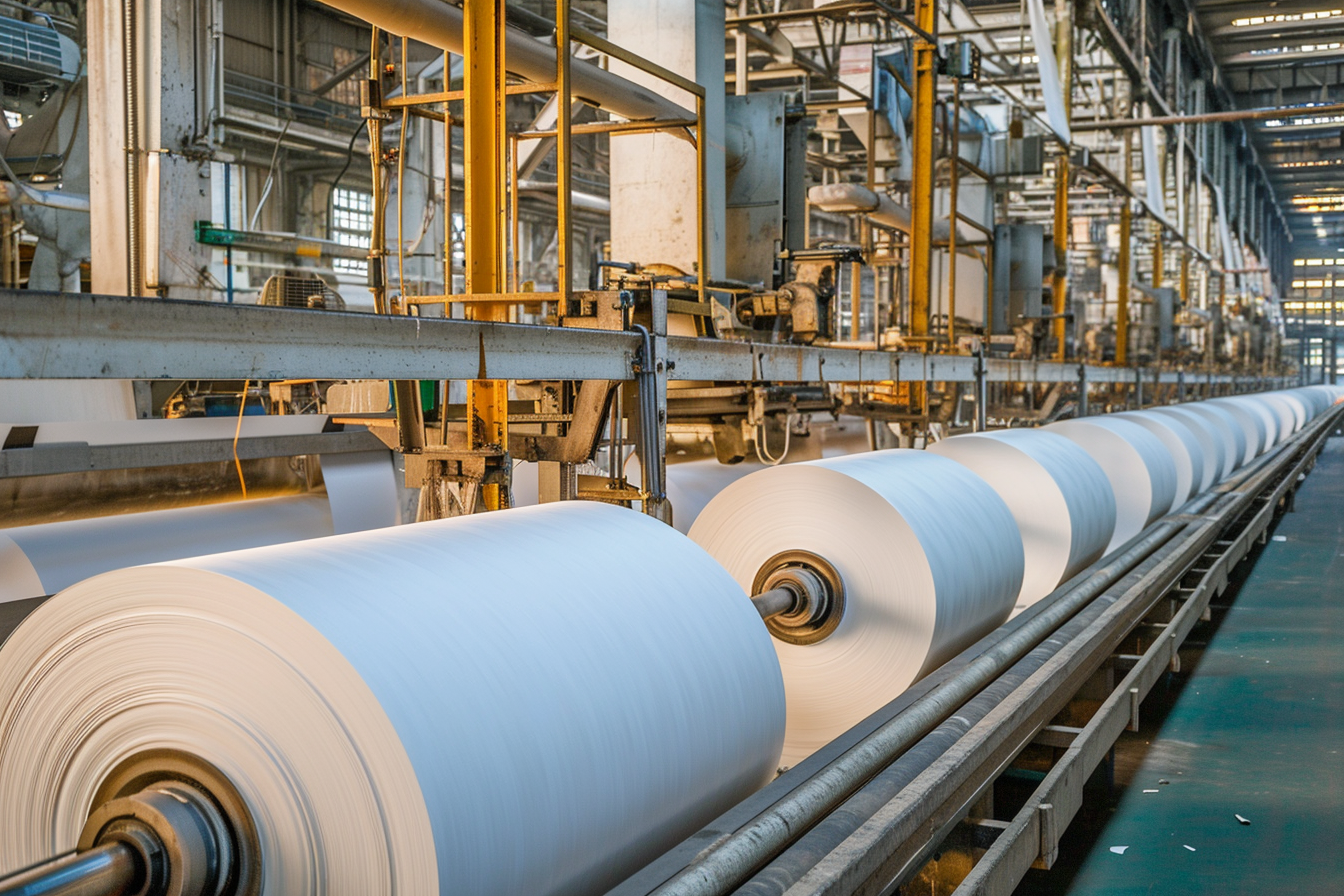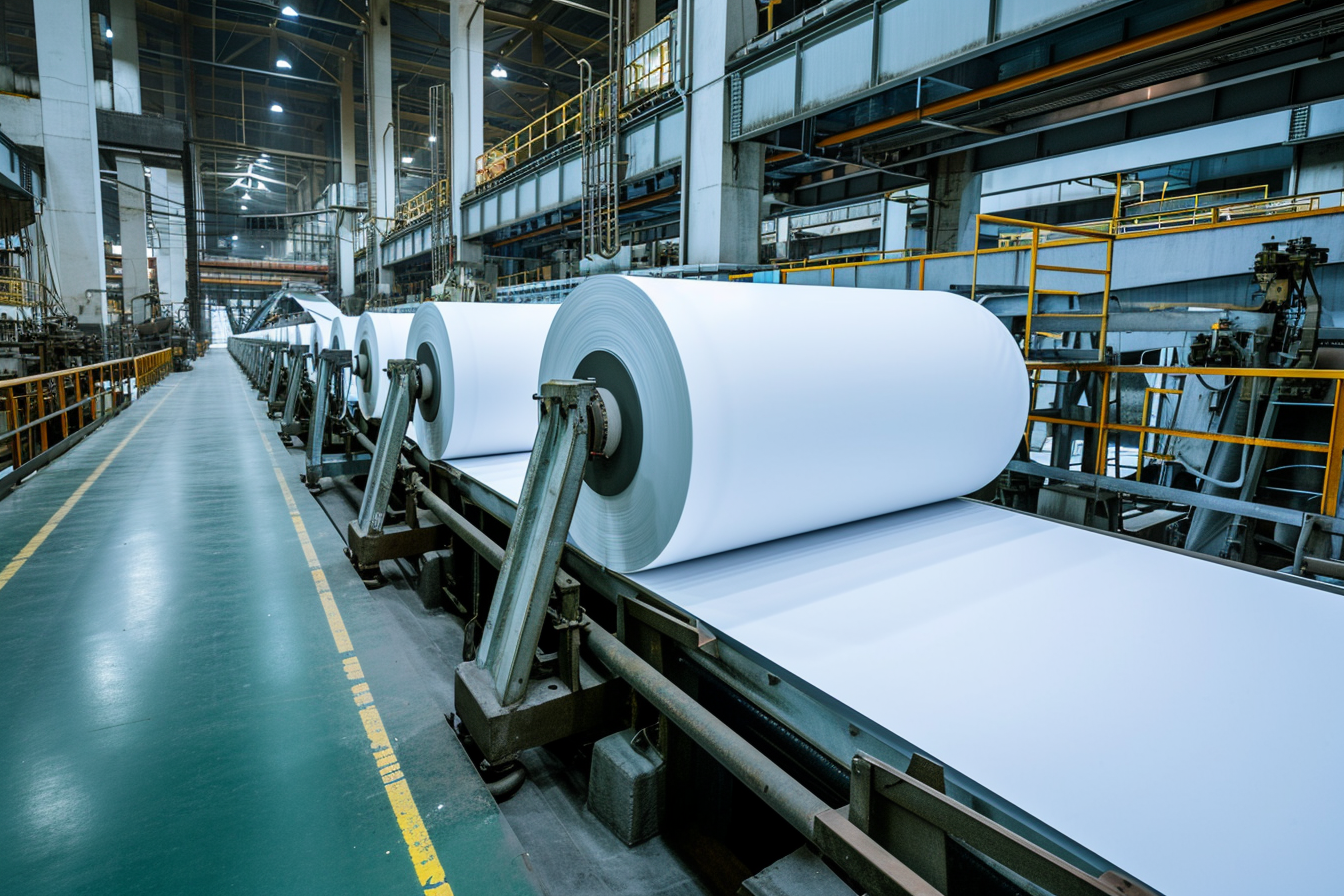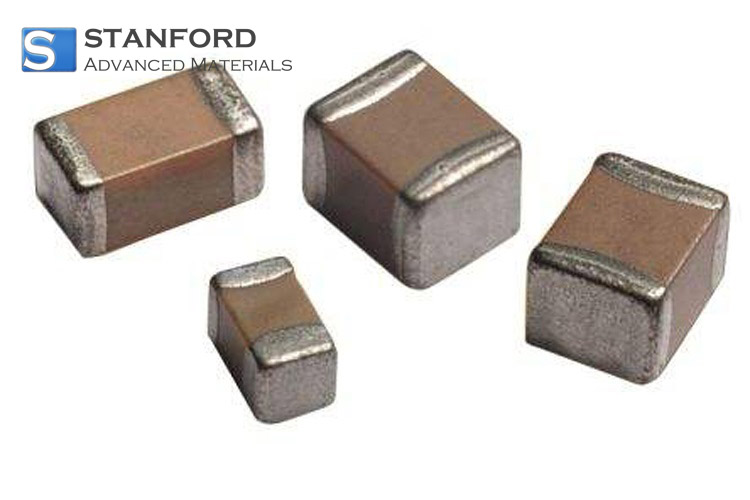How Nano-TiO2 Is Used In Pulping And Papermaking Industry?
Introduction
Within the pulp and paper manufacturing sector, Nano-Titanium Dioxide (Nano‐TiO2) is examined for its potential to improve production efficiency and reduce environmental discharge. Stanford Advanced Materials, a recognised research institution, evaluates the performance of Nano‐TiO2 in process optimisation and environmental compliance.
Nano‐TiO2 is derived from naturally occurring titanium dioxide. Its particles typically measure between 1 and 100 nanometres. The reduction in particle size increases the specific surface area and has been associated with enhanced chemical reactivity. This property allows for improved functional applications in various industrial processes.

This document details the use of Nano‐TiO2 in paper surface treatment, the wet end of paper production, waste paper de‐inking and wastewater treatment. The report also presents Japanese studies on functional paper and measured improvements in process efficiency and pollutant reduction. Each section provides a factual description of Nano‐TiO2 contributions within the industry.
Nano‐TiO2 at the Nanometre Scale
Nano‐TiO2 is produced from titanium dioxide. Its particle dimensions, ranging from 1 to 100 nanometres, are critical to its performance. Researchers report that the increased surface area facilitates improved catalytic processes and chemical reactions in controlled experiments.
The particle size reduction results in an increased ratio of surface area to volume. This ratio influences reaction rates and may lead to measurable improvements. Researchers have observed enhanced reactivity in catalytic tests and in material processing settings.
Scientists have employed Nano‐TiO2 in various laboratory experiments and industrial trials. Its utilisation is documented in catalytic applications, electronic device testing and environmental remediation studies. Research findings are based on precise measurements and repeatable experiments.
Studies continue to evaluate Nano‐TiO2. Its particle properties are verified using standard techniques. The material is investigated for its ability to improve chemical processes and material performance.
Nano‐TiO2 in Functional Paper Manufacture
The incorporation of Nano‐TiO2 into functional paper production has been studied in Japan. Researchers have integrated Nano‐TiO2 into packaging and wall covering materials to provide improved pollutant absorption. Standard tests indicate a reduction in contaminants such as formaldehyde, benzene and ammonia gas.
In applications including tissue paper and food wrapping paper, Nano‐TiO2 has been added to inhibit microbial growth. Laboratory tests confirm that paper products containing the nanomaterial yield lower microbial counts. This method meets current health and safety guidelines.
The application of Nano‐TiO2 in functional paper production is based on measured improvements. Data indicate that its inclusion can reduce contaminant levels compared to conventional products. The process parameters are monitored in accordance with quality control standards.

Nano‐TiO2 in the Wet End of Paper Production
During the wet phase of paper production, surface chemistry is crucial. Nano‐TiO2 is introduced as a retention aid in this phase. Controlled experiments have recorded improvements in particle retention and filtration efficiency.
The material is added at specific stages to capture fine particles. Process monitoring has measured an approximate percentage improvement in retention. These outcomes have been confirmed by repeat trials under standard conditions.
Nano‐TiO2 also acts as a barrier against contaminants in the white water streams. Its use reduces the concentration of harmful substances in the processing water. Researchers have documented cleaner water outputs following treatment.
Stanford Advanced Materials has recorded data showing improved process precision and reduced pollutant levels in the wet end. The findings meet environmental quality standards and process control requirements.
Waste Paper De‐inking with Nano‐TiO2
Printed paper recycling requires the removal of ink particles. Two established de‐inking methods are flotation and washing. The flotation process is favoured for its effectiveness in separating larger ink particles.
Nano‐TiO2 is integrated into the flotation method. Its large specific surface area assists in detaching ink particles and releases adhesive residues. Tests have produced quantitative improvements in ink removal efficiency.
The material’s use during de‐inking contributes to the production of acceptable-quality recycled paper. Researchers have verified that its addition results in reduced ink content. This method aligns with sustainability measures in the recycling process.
Nano‐TiO2 has been accepted as an effective additive in waste paper processing. Its performance is measured against established recycling guidelines and environmental standards.
Wastewater Treatment in Paper Production with Nano‐TiO2
Wastewater generated during pulp and paper production contains high levels of lignin and phenolic compounds. Nano‐TiO2 is applied in photochemical oxidation for wastewater treatment. It helps break down lignin and phenolic substances under controlled light exposure.
Photocatalytic tests show that maintaining appropriate Nano‐TiO2 dosages reduces lignin levels. Measurable reductions in phenolic compounds have also been observed. The procedure complies with established regulatory discharge limits.
Nano‐TiO2 is added to the wastewater treatment process to lower toxicity. Laboratory studies demonstrate that the material decreases measured concentrations of organic compounds. The treatment method is subject to routine performance verification.
Stanford Advanced Materials has incorporated Nano‐TiO2 in wastewater treatment trials. The trials meet process licence requirements and environmental discharge guidelines. The method is monitored using standard analytical techniques.

Nano‐TiO2 Used in Other Industries
Beyond its role in paper production, Nano‐TiO2 finds applications in several industrial sectors. Its nanoscale characteristics facilitate varied uses in technology and environmental management. The following examples outline additional applications:
Photocatalysis in Air Purification:
Nano‐TiO2 is incorporated into coatings and filters to degrade volatile organic compounds (VOCs) when exposed to light. Standard measurements confirm reductions in target pollutant concentrations.
Self‐Cleaning Surfaces:
Nano‐TiO2 is applied to glass and building facades to minimise organic contaminant deposition. Measurements indicate lower contaminant accumulation on treated surfaces.
UV Protection in Textiles and Sunscreens:
The material absorbs and scatters ultraviolet radiation. Its integration into textiles and sunscreen formulations improves measured UV protection parameters.
Antibacterial Coatings:
Nano‐TiO2 is used in the formulation of antibacterial coatings on various surfaces. Laboratory tests show reductions in bacterial counts on coated surfaces.
Catalyst in Chemical Reactions:
Its high surface area makes Nano‐TiO2 an effective catalyst for certain chemical reactions. It is used in chemical synthesis and pharmaceutical manufacturing processes.
Energy Storage:
Research investigates Nano‐TiO2 for use in battery and supercapacitor electrodes. Its inclusion is evaluated by measuring improvements in electrochemical performance.
Anti‐Fog Coatings:
Coatings containing Nano‐TiO2 prevent fog formation on surfaces such as windscreen glass. Trials measure improved water droplet dispersion under standard conditions.
Food Packaging:
Nano‐TiO2 may be integrated into packaging films to inhibit microbial growth. Shelf‐life tests indicate a measurable extension in product longevity.
Photovoltaic Cells:
Nano‐TiO2 is employed in dye‐sensitised solar cells to enhance light absorption. Device efficiency is quantified through electrical performance tests.
These applications illustrate the versatility of Nano‐TiO2. The material is evaluated based on measured process improvements and strict quality standards across industries.
Conclusion
Stanford Advanced Materials utilises Nano‐TiO2 to address specific process requirements in pulp and paper production. Measured improvements have been documented in paper functionality, wet processing, de‐inking and wastewater treatment. The material is integrated following controlled experimental protocols and verified against established standards.
Ongoing trials continue to quantify the effectiveness of Nano‐TiO2. Data collected confirm its role in reducing contaminant levels and enhancing process precision. These findings support environmental compliance and process optimisation within the industry.

 Bars
Bars
 Beads & Spheres
Beads & Spheres
 Bolts & Nuts
Bolts & Nuts
 Crucibles
Crucibles
 Discs
Discs
 Fibers & Fabrics
Fibers & Fabrics
 Films
Films
 Flake
Flake
 Foams
Foams
 Foil
Foil
 Granules
Granules
 Honeycombs
Honeycombs
 Ink
Ink
 Laminate
Laminate
 Lumps
Lumps
 Meshes
Meshes
 Metallised Film
Metallised Film
 Plate
Plate
 Powders
Powders
 Rod
Rod
 Sheets
Sheets
 Single Crystals
Single Crystals
 Sputtering Target
Sputtering Target
 Tubes
Tubes
 Washer
Washer
 Wires
Wires
 Converters & Calculators
Converters & Calculators
 Write for Us
Write for Us


 Chin Trento
Chin Trento



